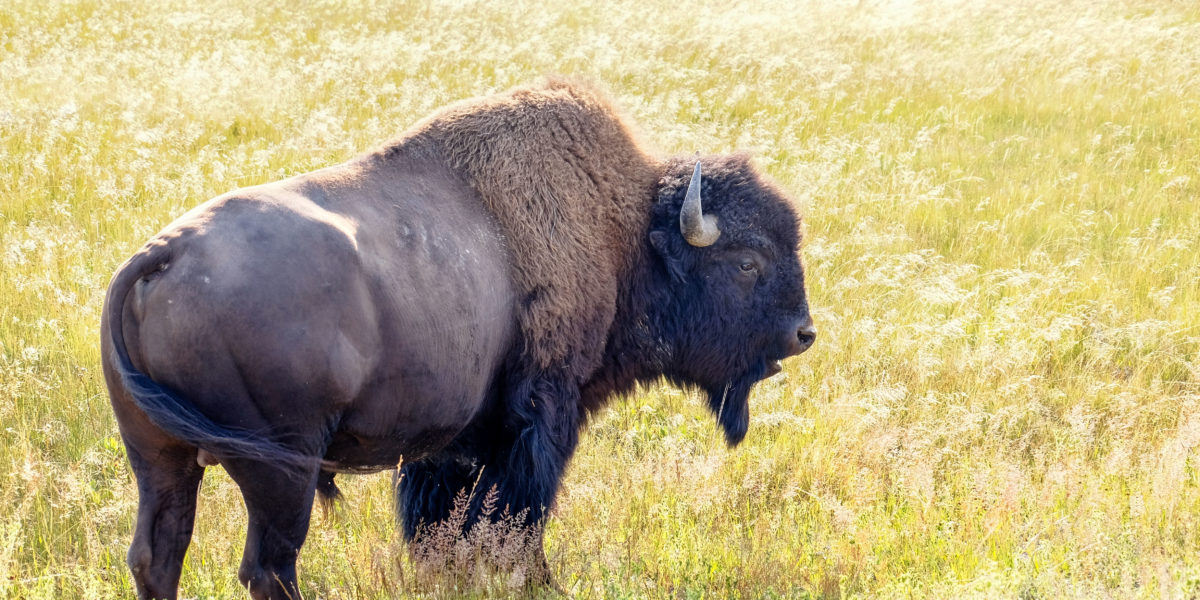
Yellowstone Is Open for the Season So You Can Catch the First Bright Signs of Spring
The East Entrance, now open, is the most direct route to stunning Yellowstone Lake

As spring continues to creep its way out of a seasonal slumber, warm-weather activities and outdoor sights are re-emerging on everyone’s travel bucket lists. If you’re somebody who revels in the atmosphere of rebirth and renewed energy, there’s no better time to go to Yellowstone National Park than in the early spring. As of May 3, Yellowstone’s East Entrance is officially open for the 2019-2020 season after a long winter of snowfall and icy conditions on East Entrance Road. The East Entrance, which is located 53 miles from the nearest town of Cody, WY, is your most direct route to Yellowstone Lake, a top spot to see in the vast park.
Yellowstone Lake is one of North America’s largest lakes at such a high altitude, and this time of year you can actually hear the ice cracking as it melts in the warming temperatures. The lake—which is centered above the continent’s largest supervolcano, Yellowstone Caldera—is far from the only spot worth visiting in the park during early spring, though.
In May, the National Park Service particularly recommends hiking (at low elevations) and observing the wildlife, with some special animal behaviors unique to this time of year. In the Lamar Valley, you should keep your eyes peeled for wolf pups leaving their dens, black bears, and moose, bison, and pronghorn calving. It’s also calving season for the elk over in Mammoth Hot Springs. Chorus frogs can be spotted in the wetlands throughout the park, and maybe you’ll can catch a glimpse of grizzly bears in the roadside meadows. If you listen for it, you can hear the mating call, called drumming, of the park’s ruffed grouse in the conifer forests. Drumming isn’t actually a vocal call but the sound of the male birds beating their wings to attract a lady. In the midst of seeing and hearing the local animals, be sure to take in the wildflowers, like glacier lilies and bitterroot, dotting the land with bright emblems of spring’s return.
Related: Yellowstone’s Steamboat Geyser Is Extremely Active This Year — Here’s How to See It Erupt
Aside from getting to see the park come alive after a quiet, barren winter, there’s another major benefit to visiting Yellowstone in the early spring months: avoiding busy season. According to the park’s website, June, July, and August are the most popular times of the year for visitors. And at Yellowstone, “busiest time of year” means hundreds of thousands of visitors. The park is so busy during these summer months, in fact, that it attracts half of its total number of visitors in those three months alone each year. Your two best options to see the park in relative seclusion are to go during non-peak times (before 9 a.m. and after 5 p.m.) in the summer or to travel there in the early spring or fall.
The rest of Yellowstone’s entrances and all roadways will be open by Memorial Day Weekend (weather permitting), when foot traffic to the incredible park really starts to pick up. Here are all the sights you don’t want to miss and some ideas of where to stay when you go.
